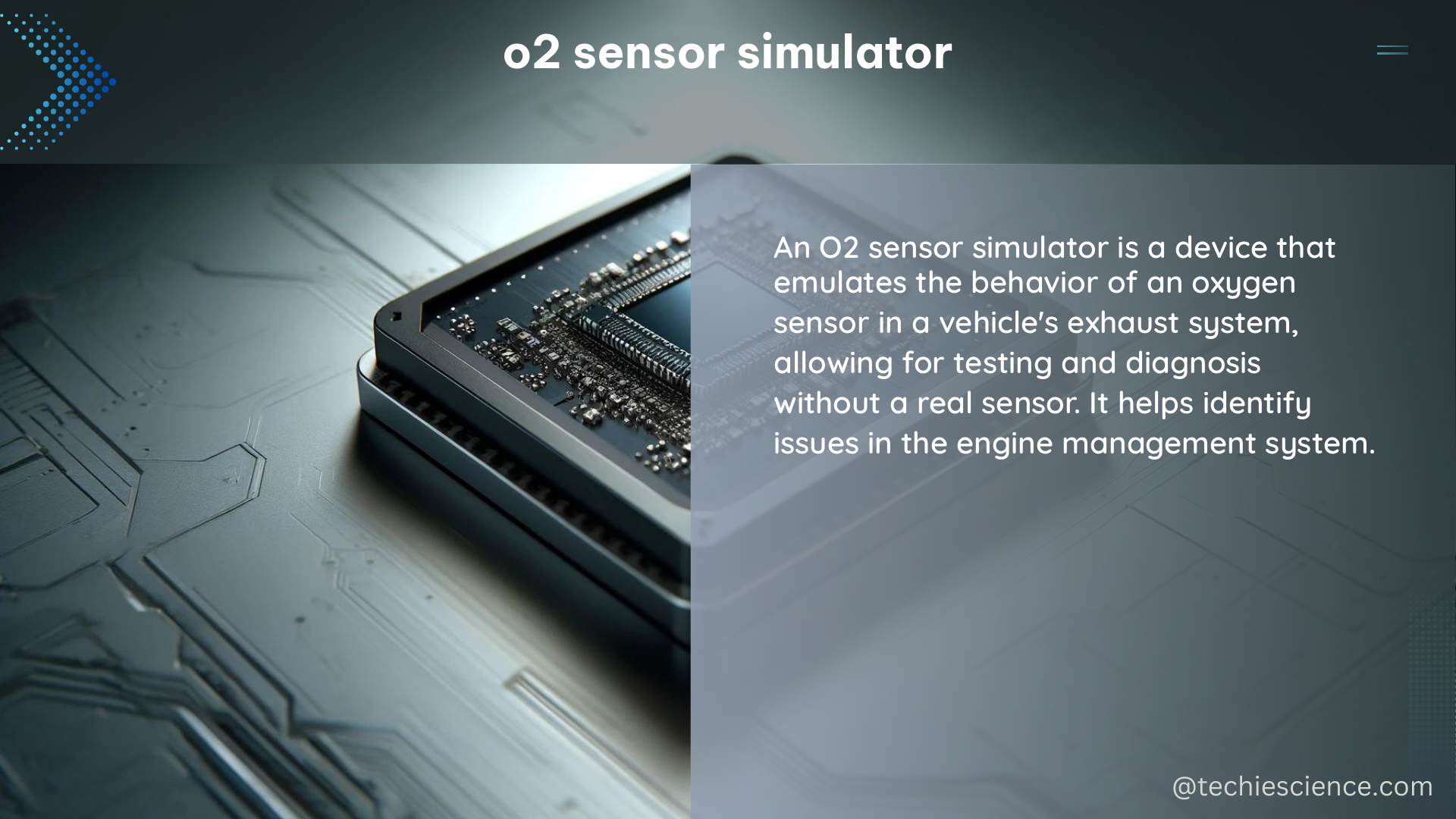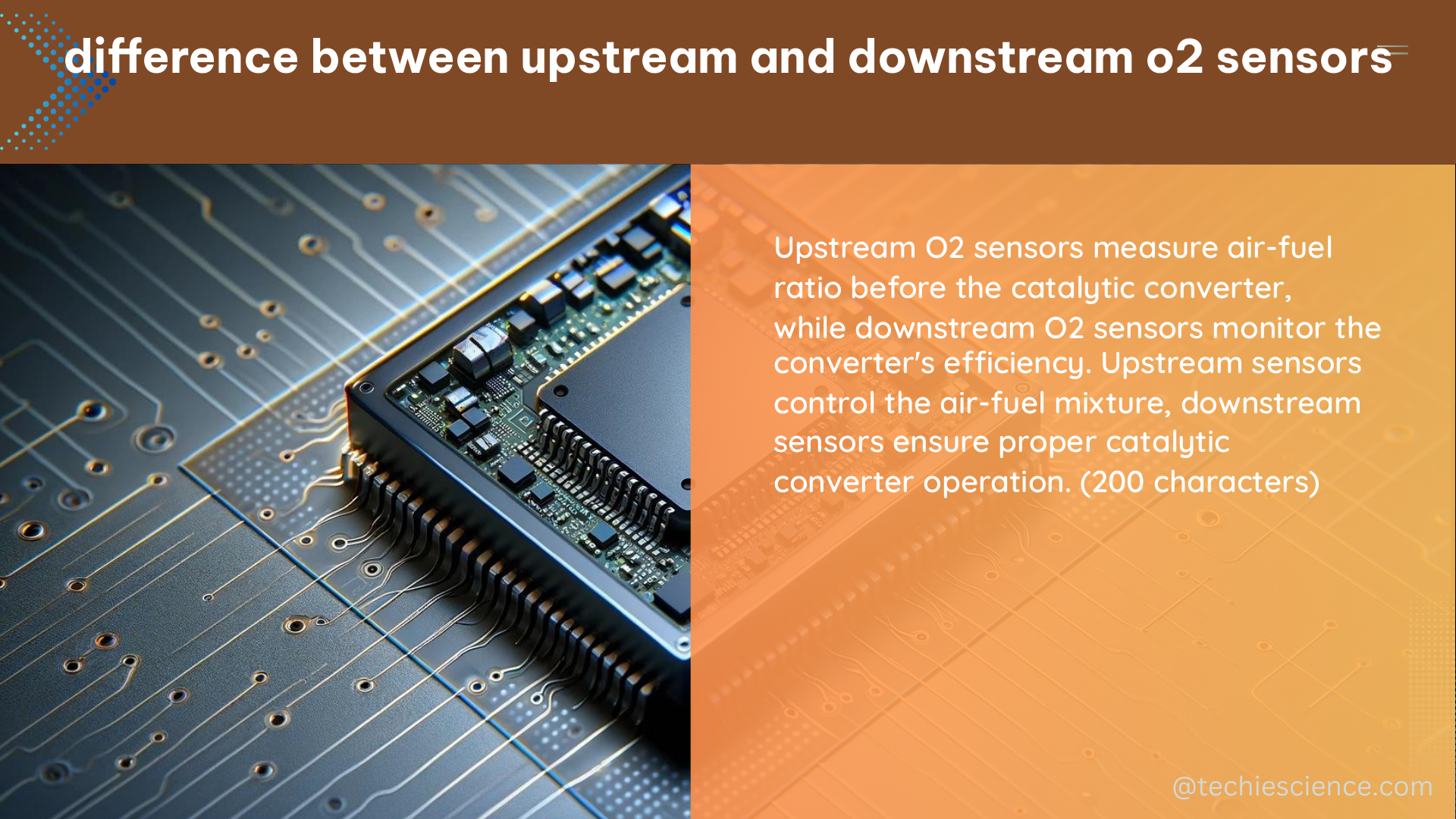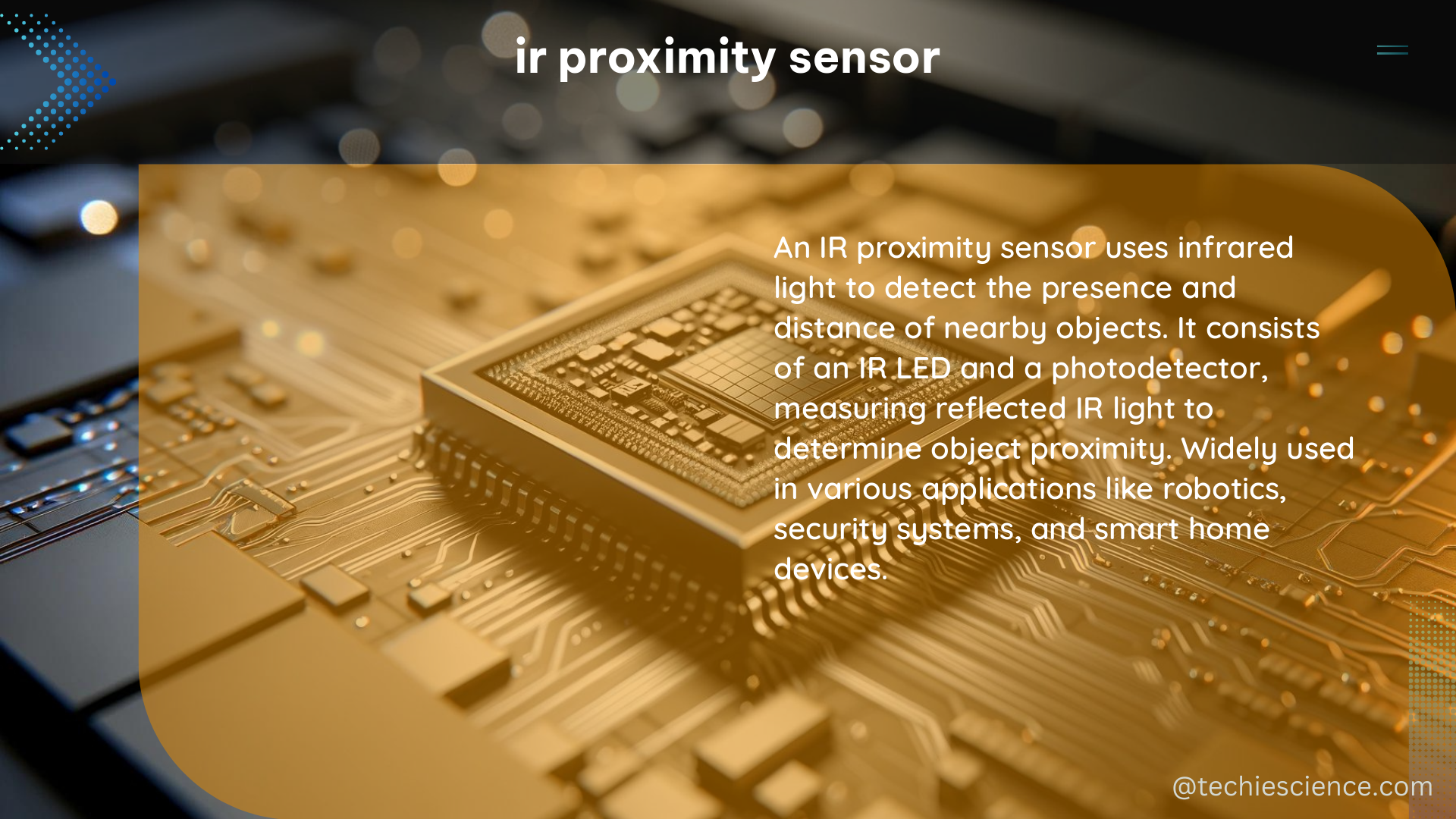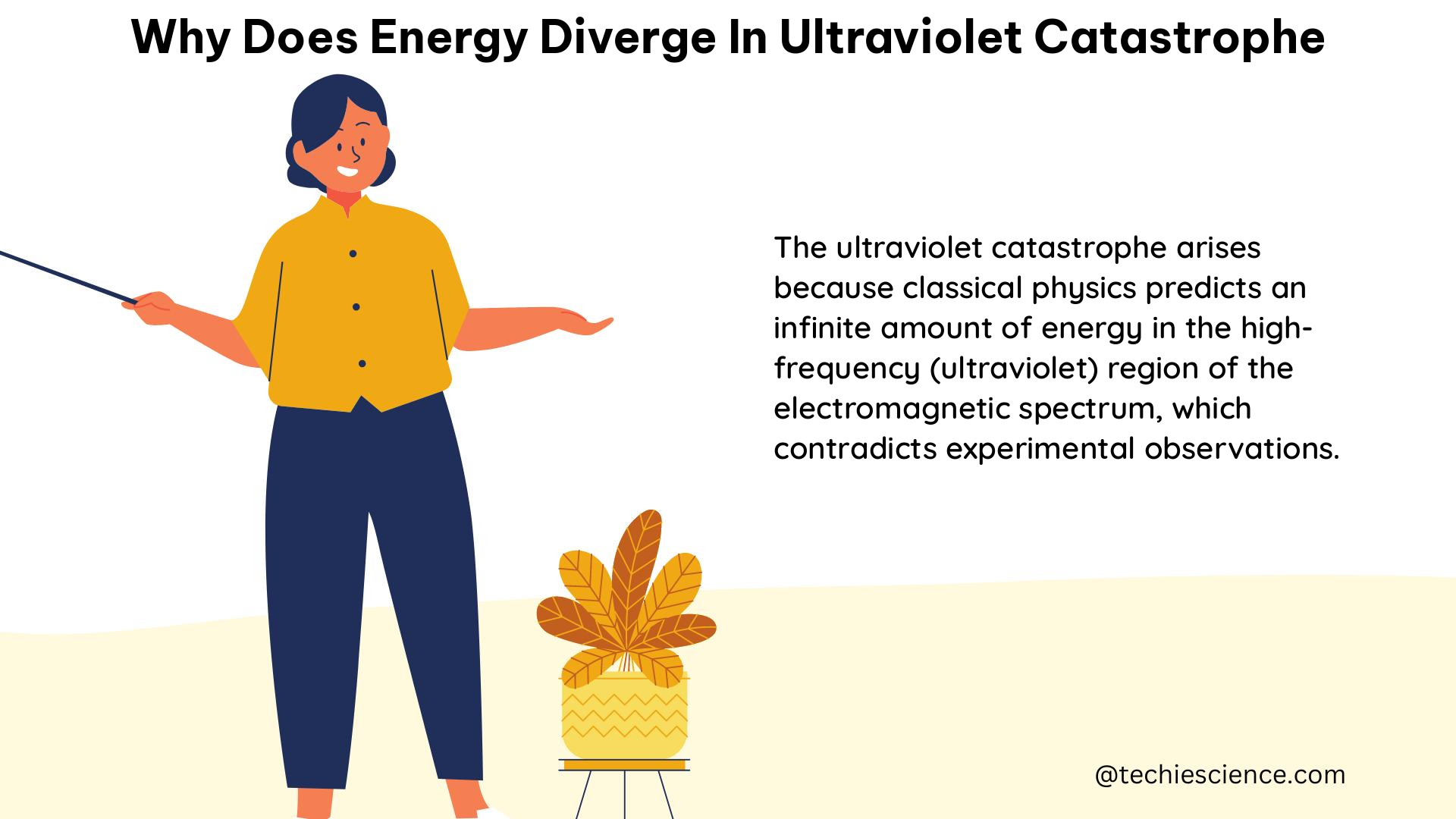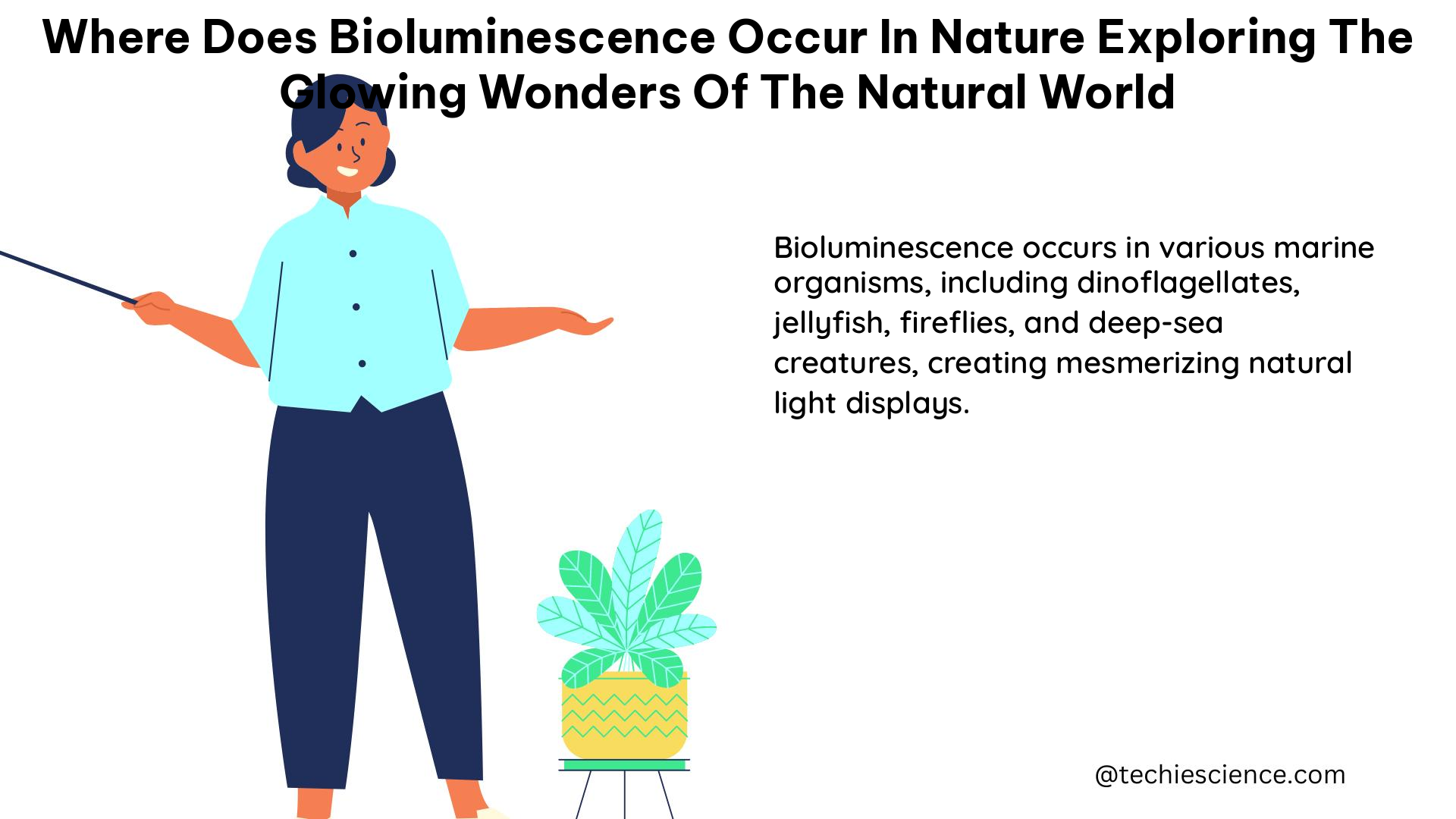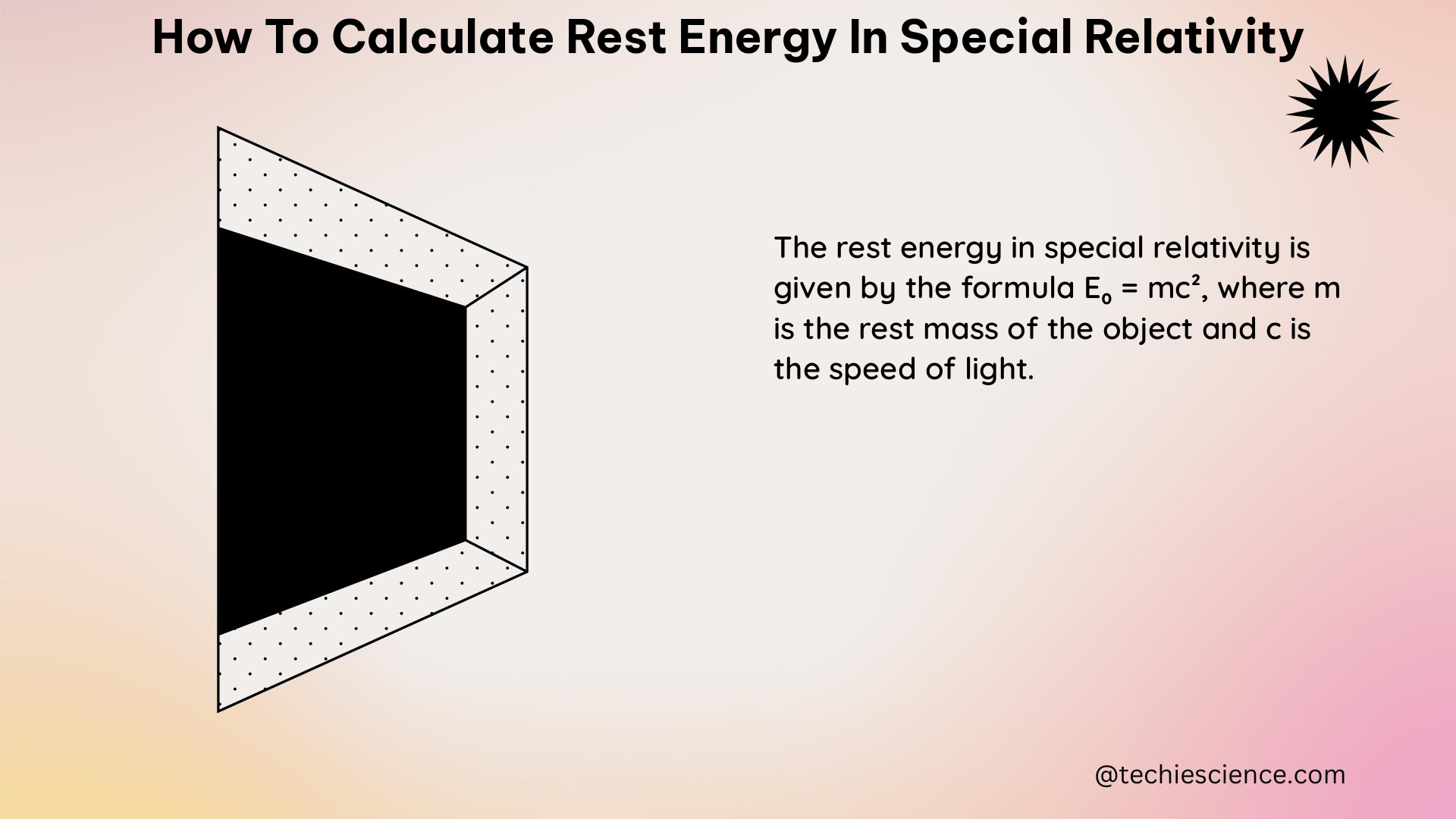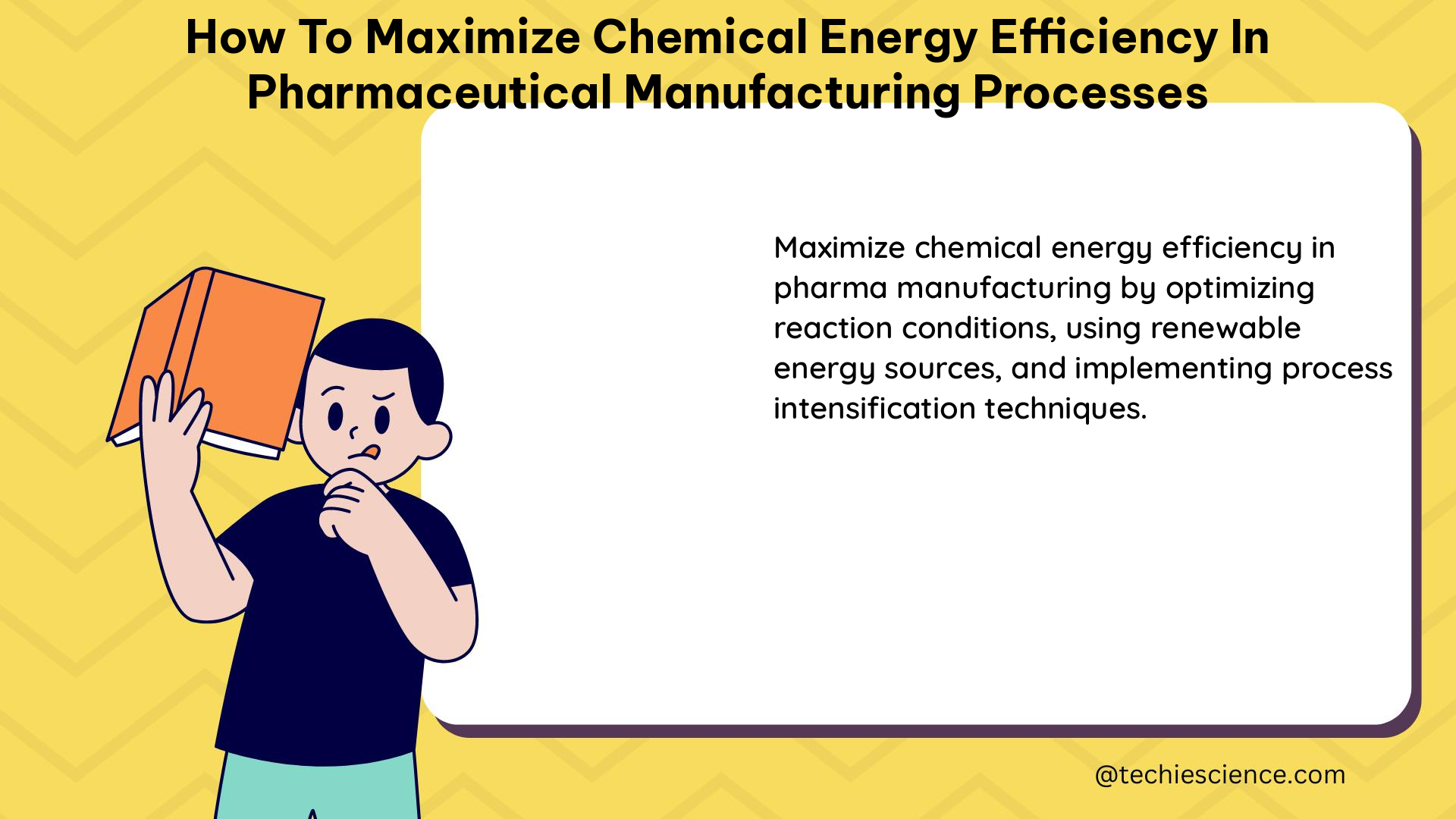The Comprehensive Guide to O2 Sensor Simulators: A Technical Deep Dive
The O2 (Oxygen) sensor simulator is a versatile device used to mimic the output of an O2 sensor in a vehicle’s exhaust system. This powerful tool is essential for troubleshooting issues related to the O2 sensor, as well as bypassing the sensor altogether when necessary. In this comprehensive guide, we’ll explore the technical specifications, measurable … Read more
